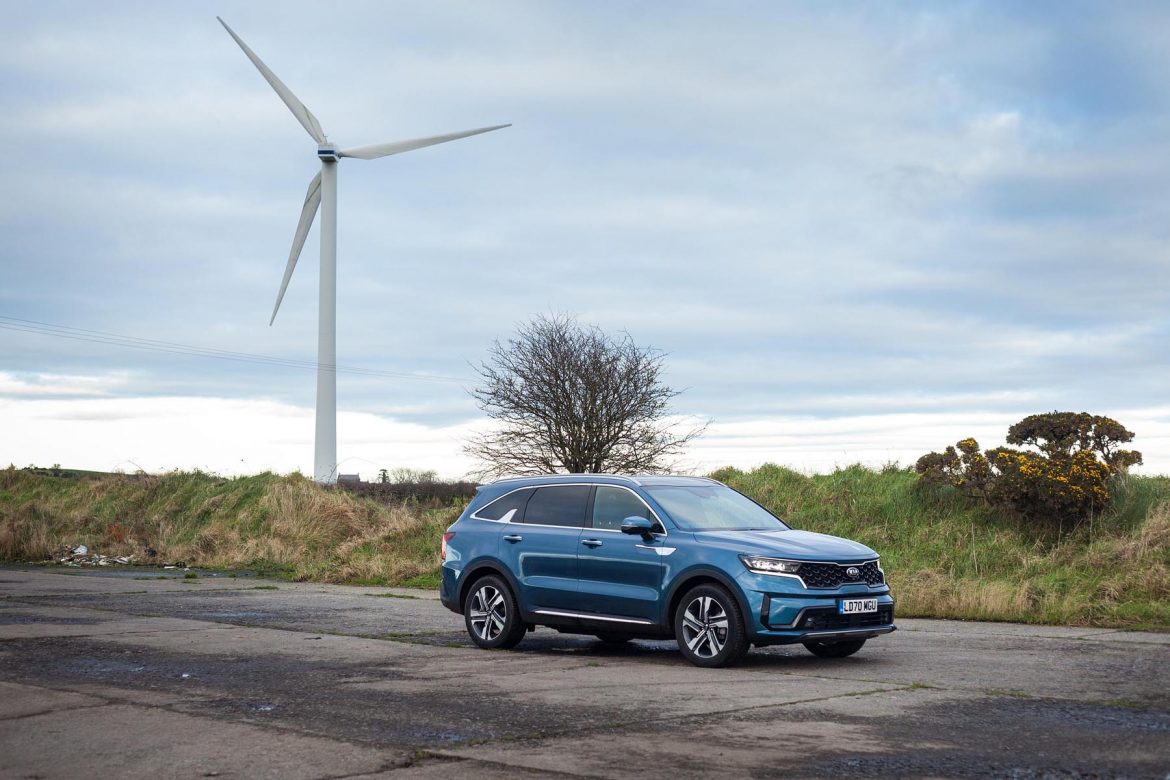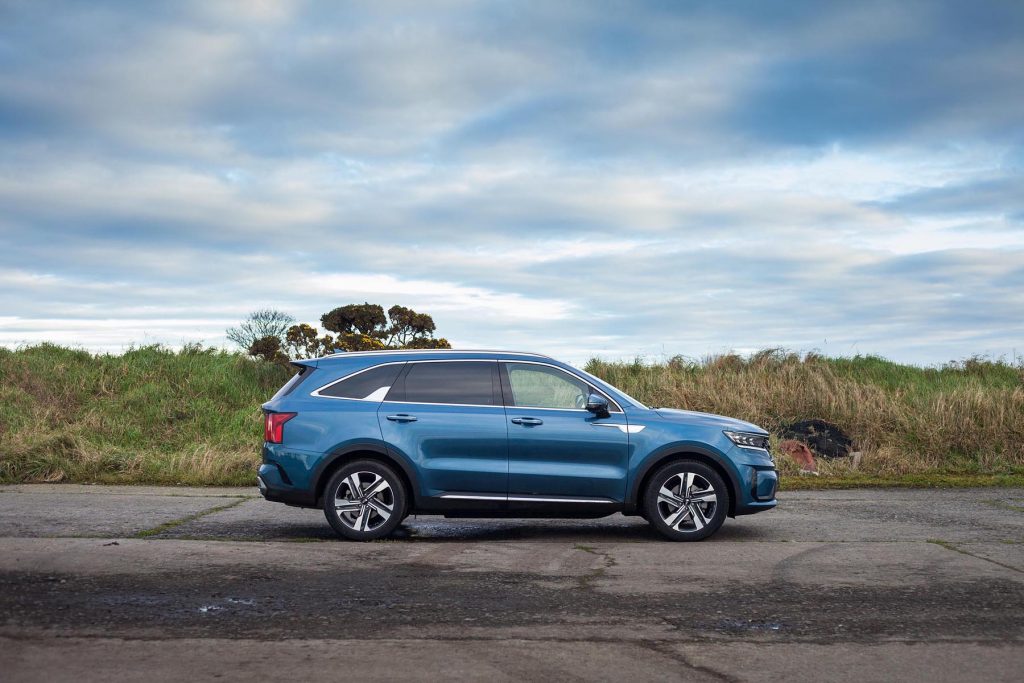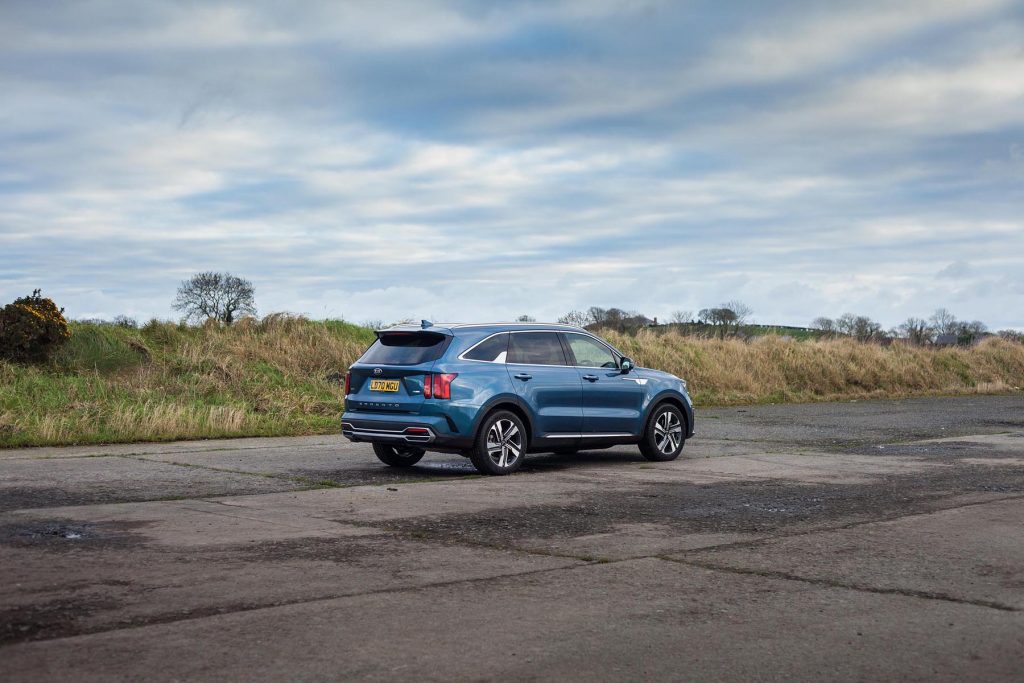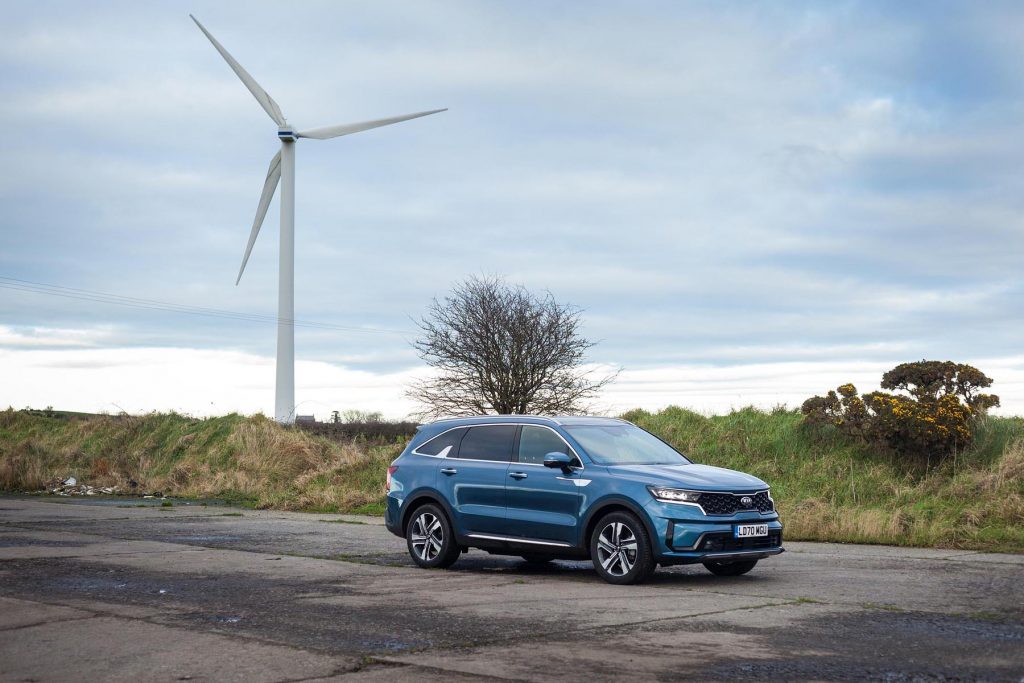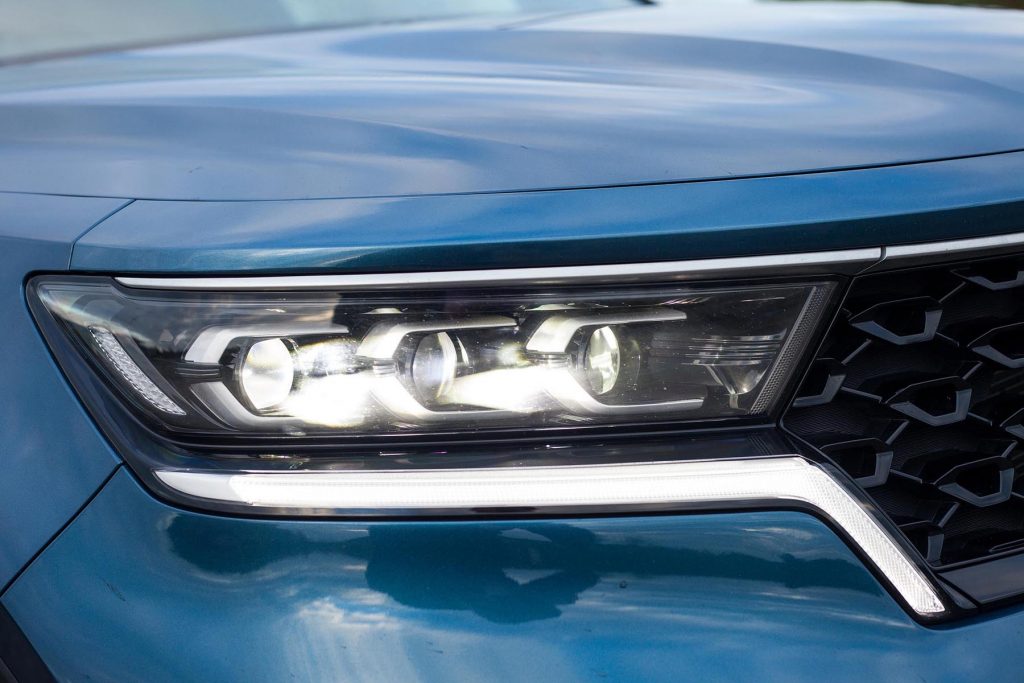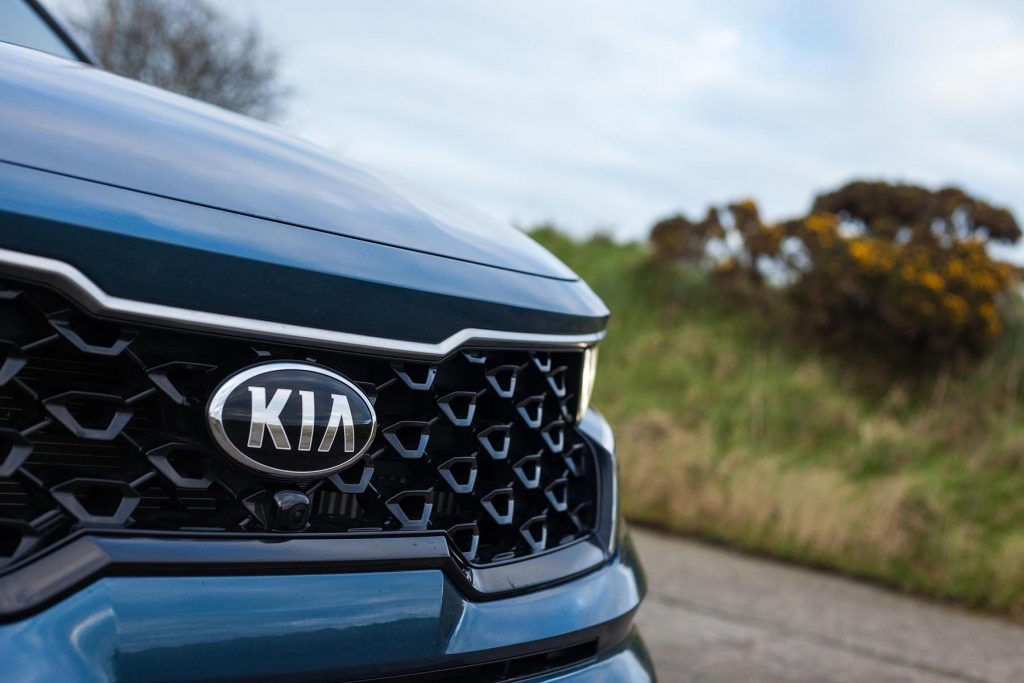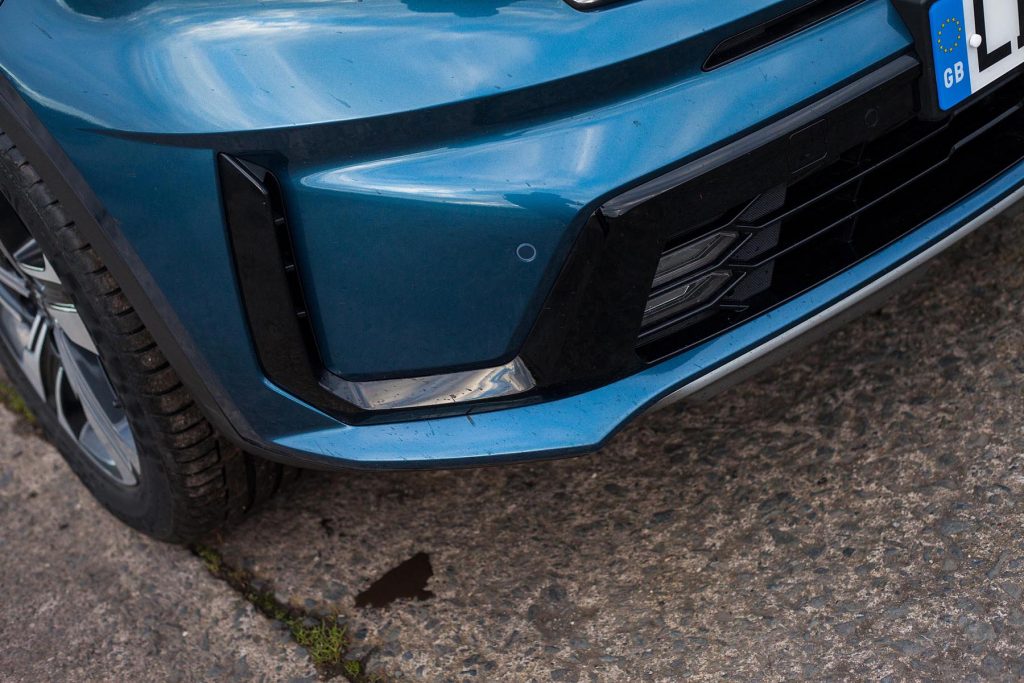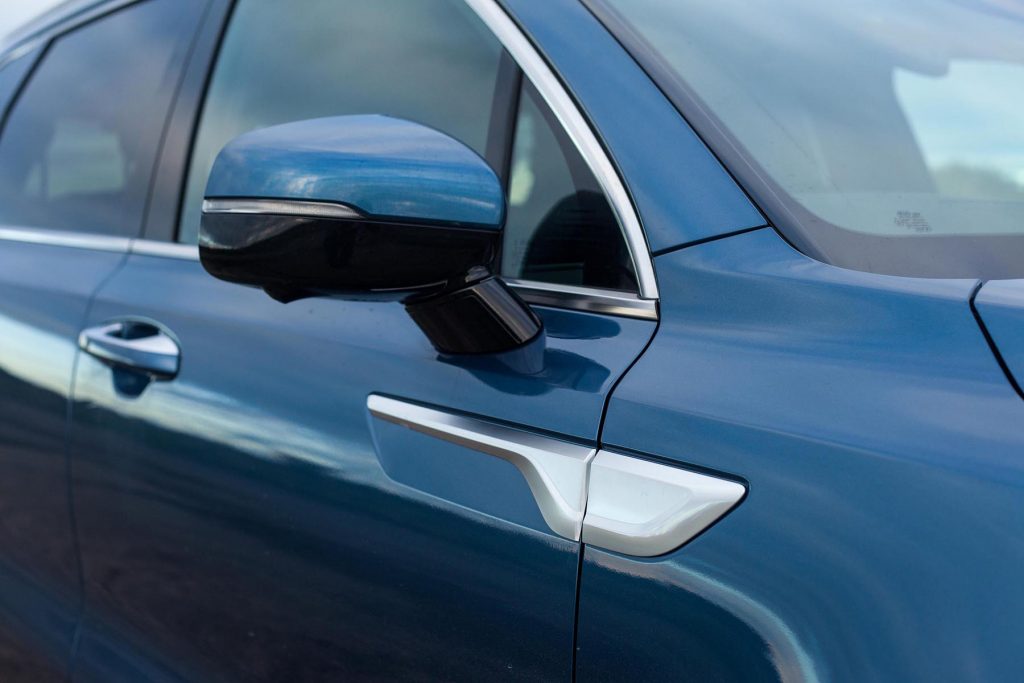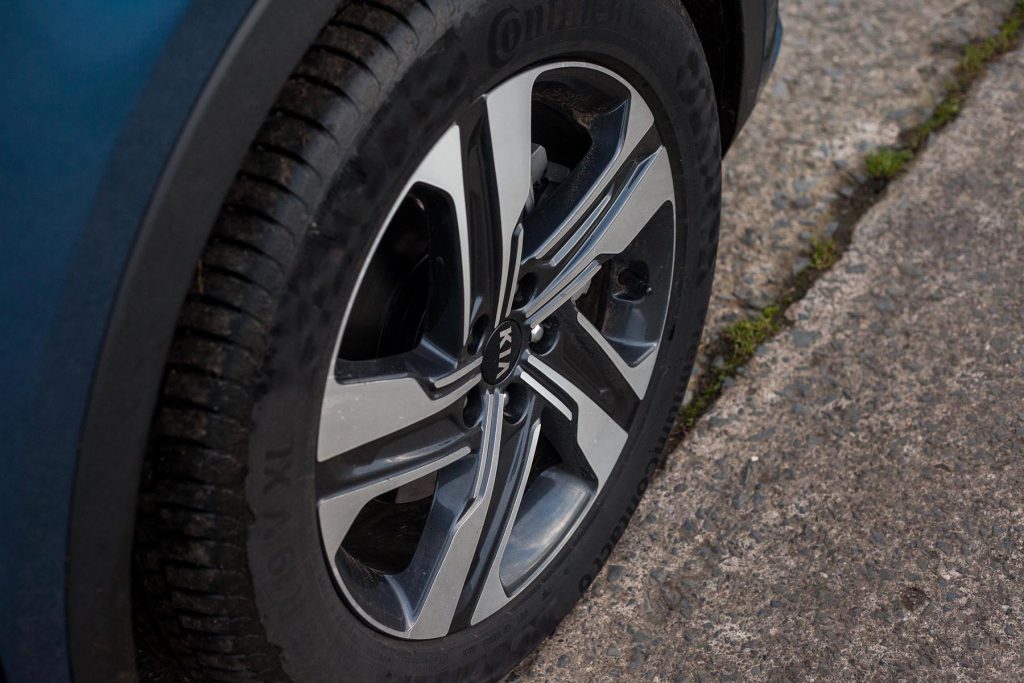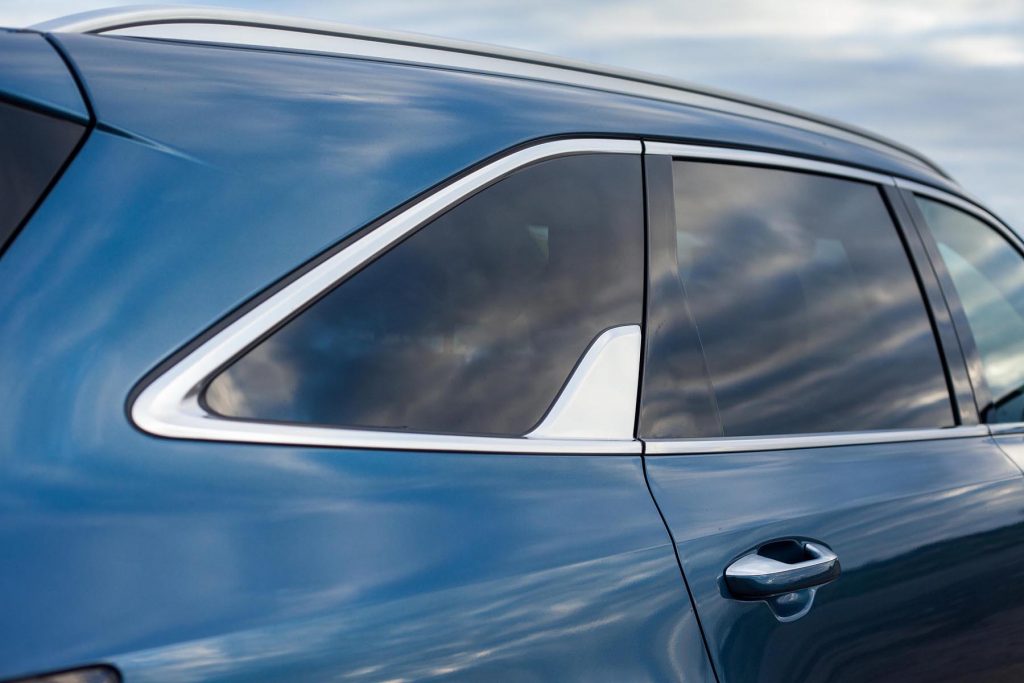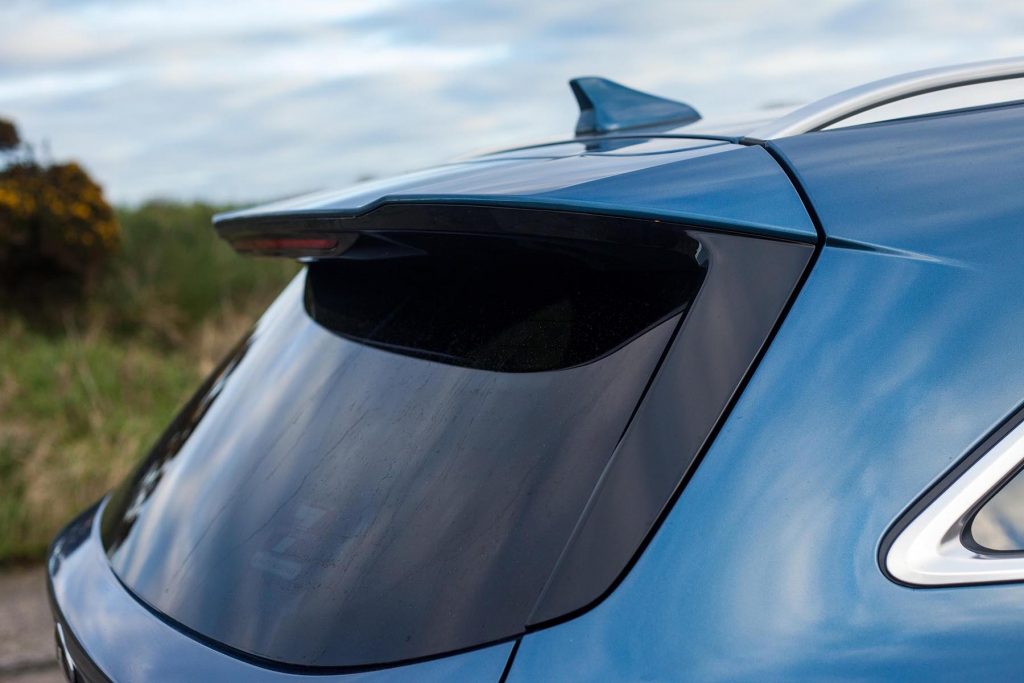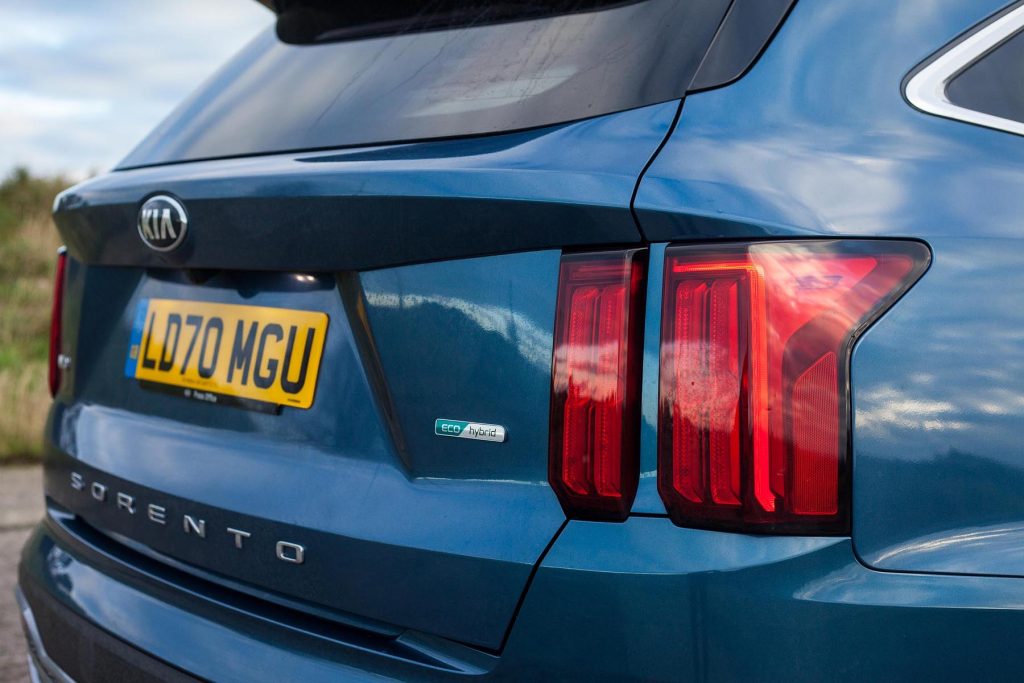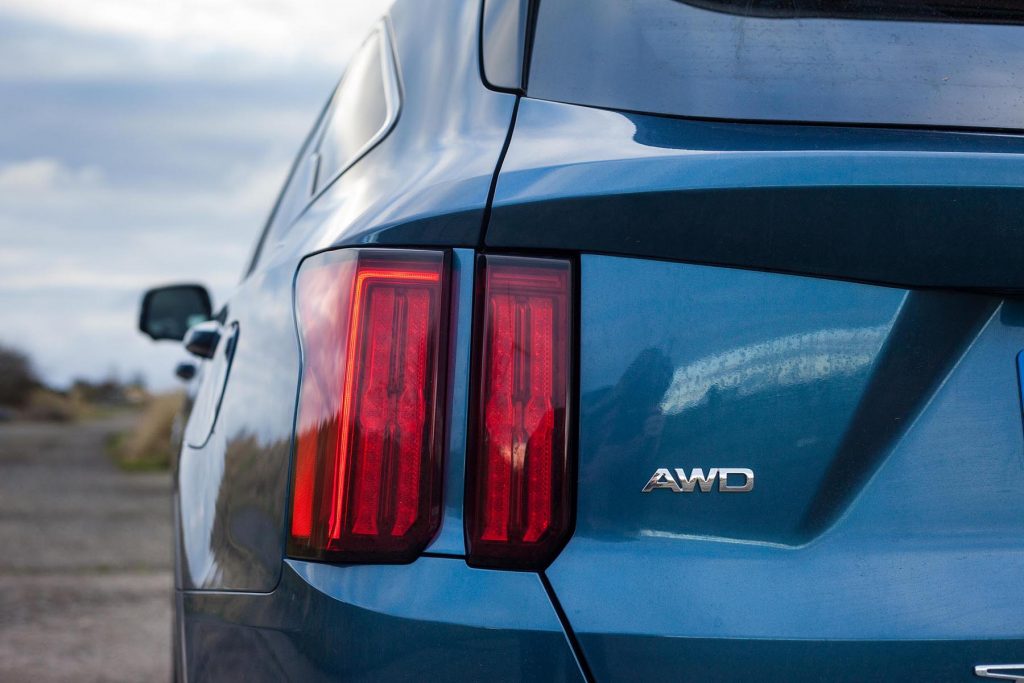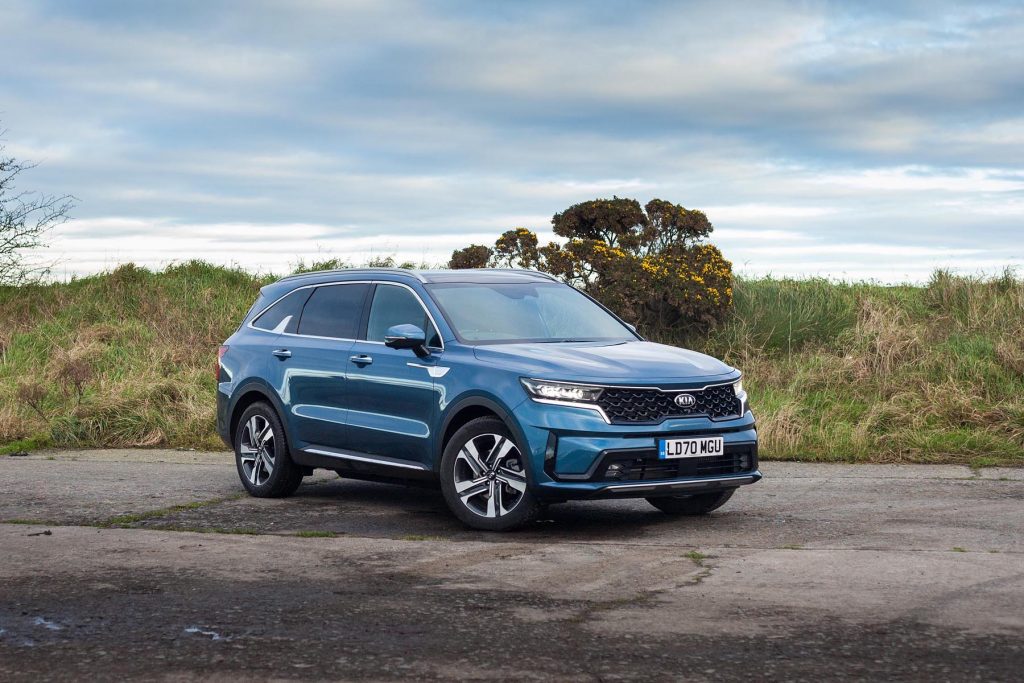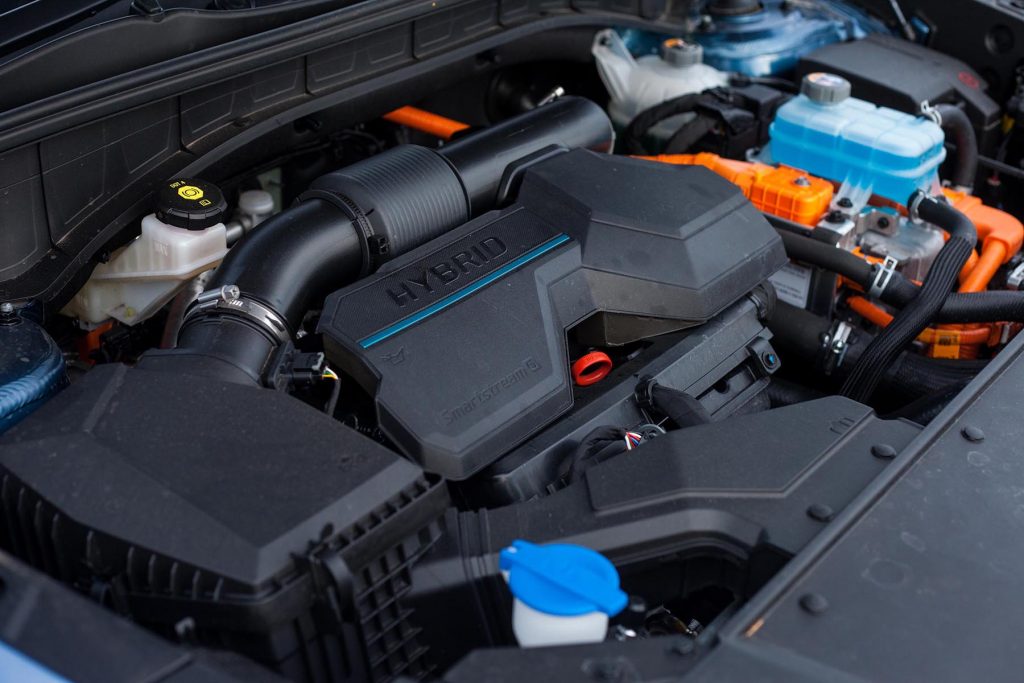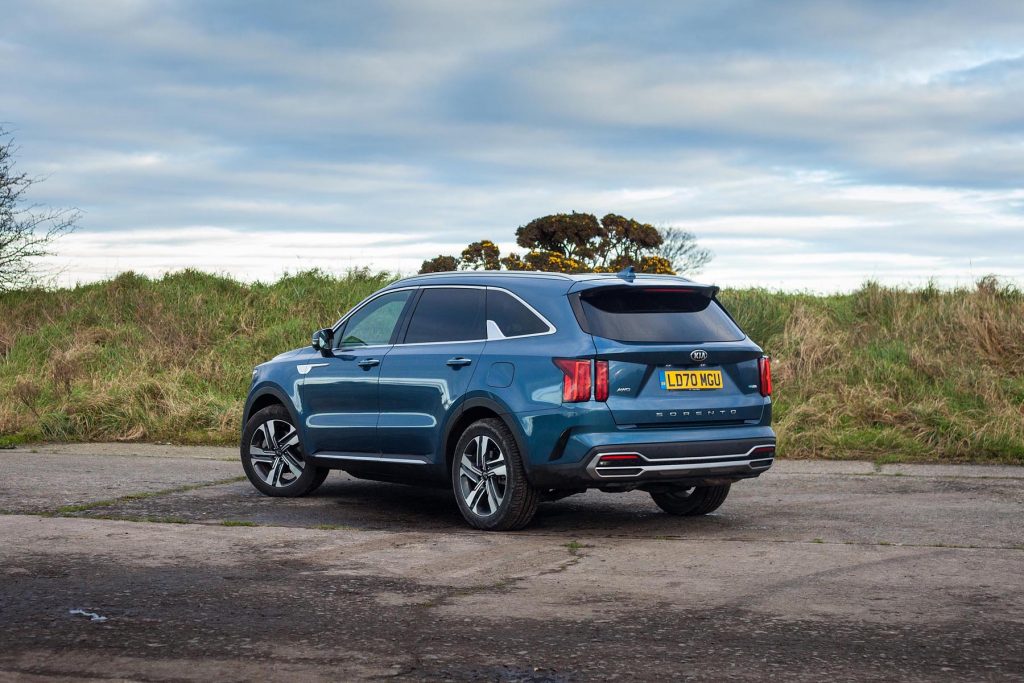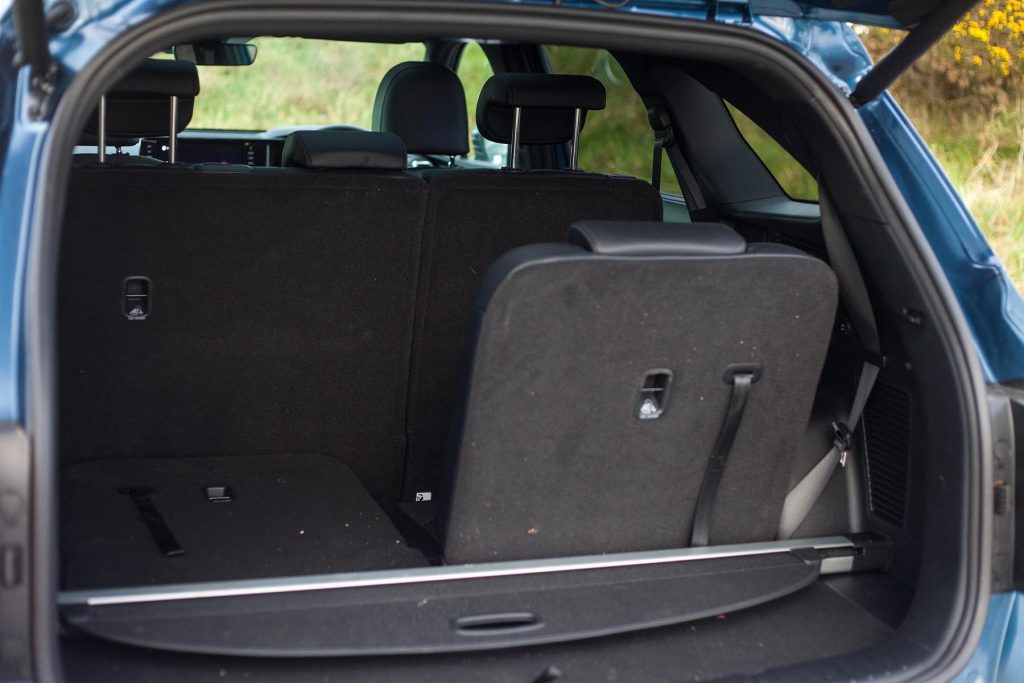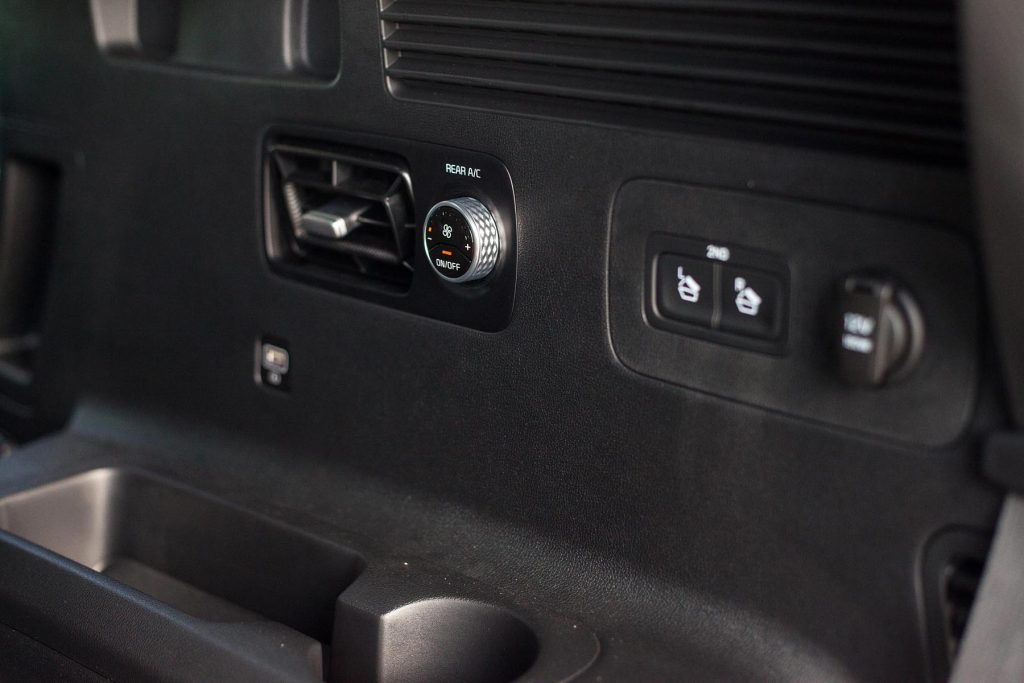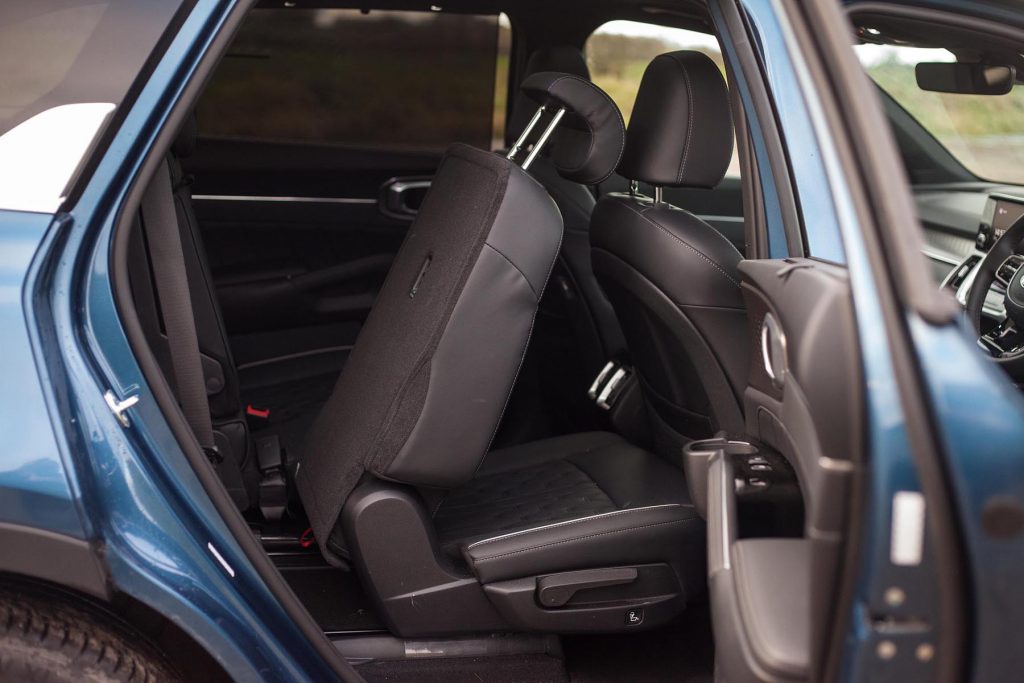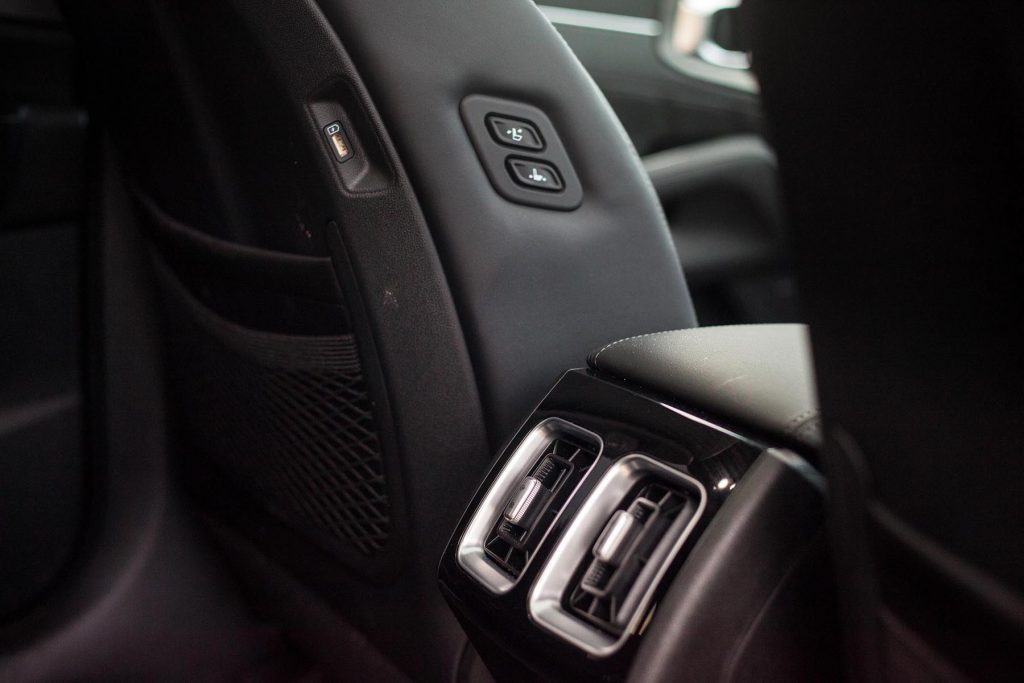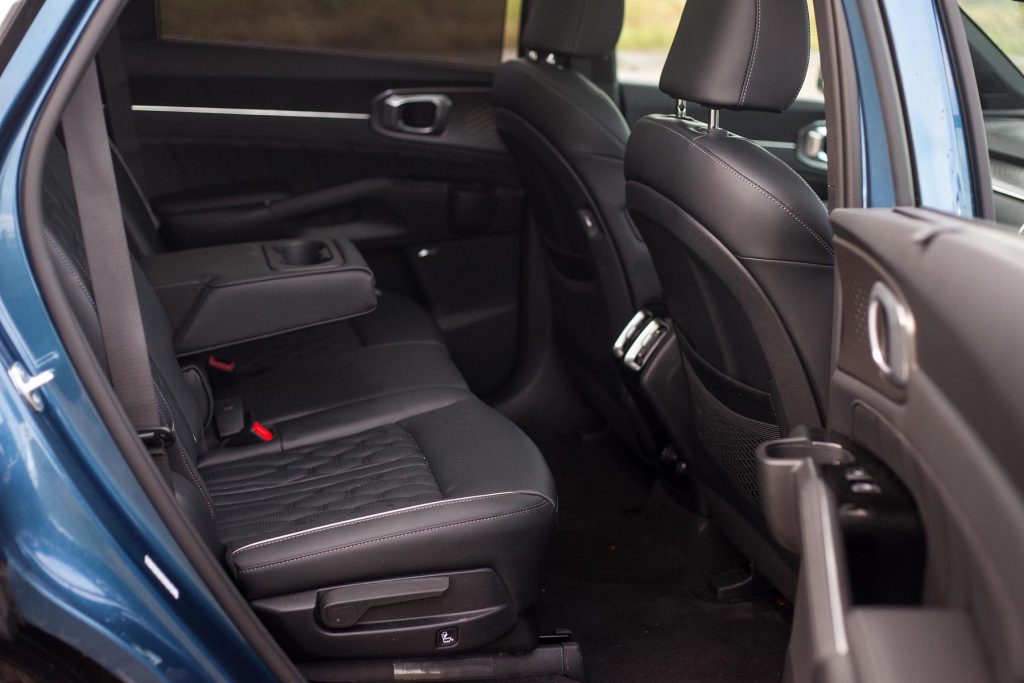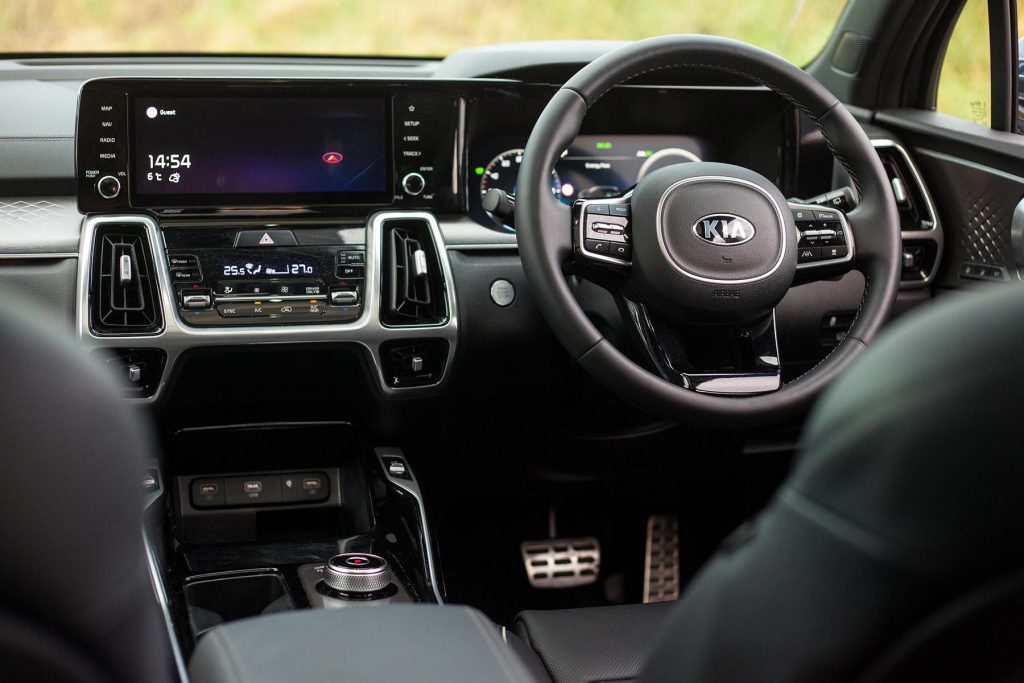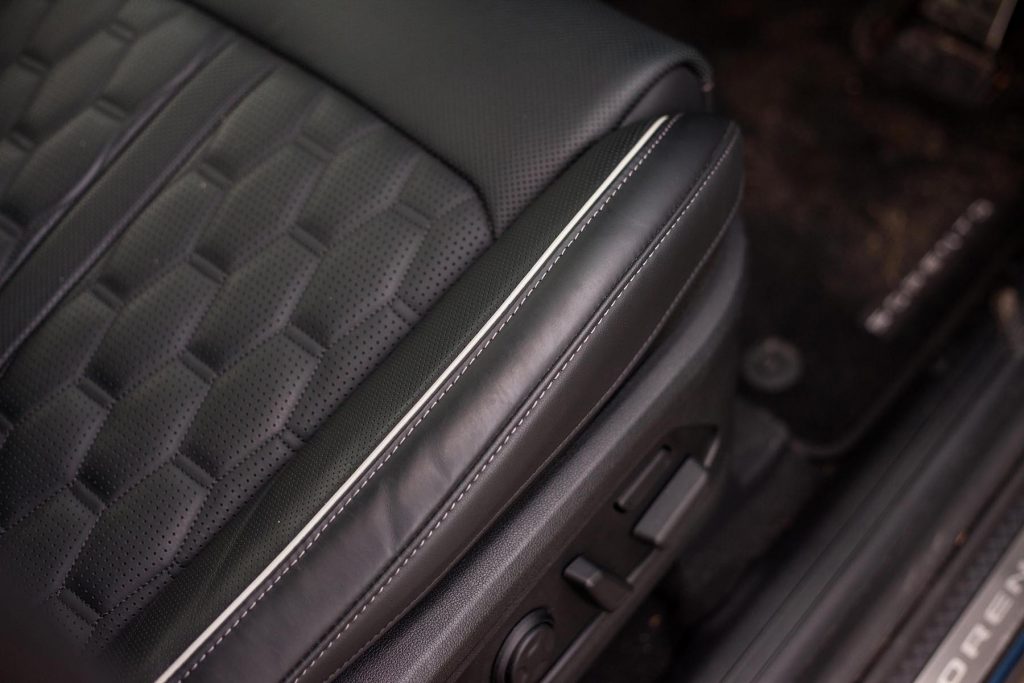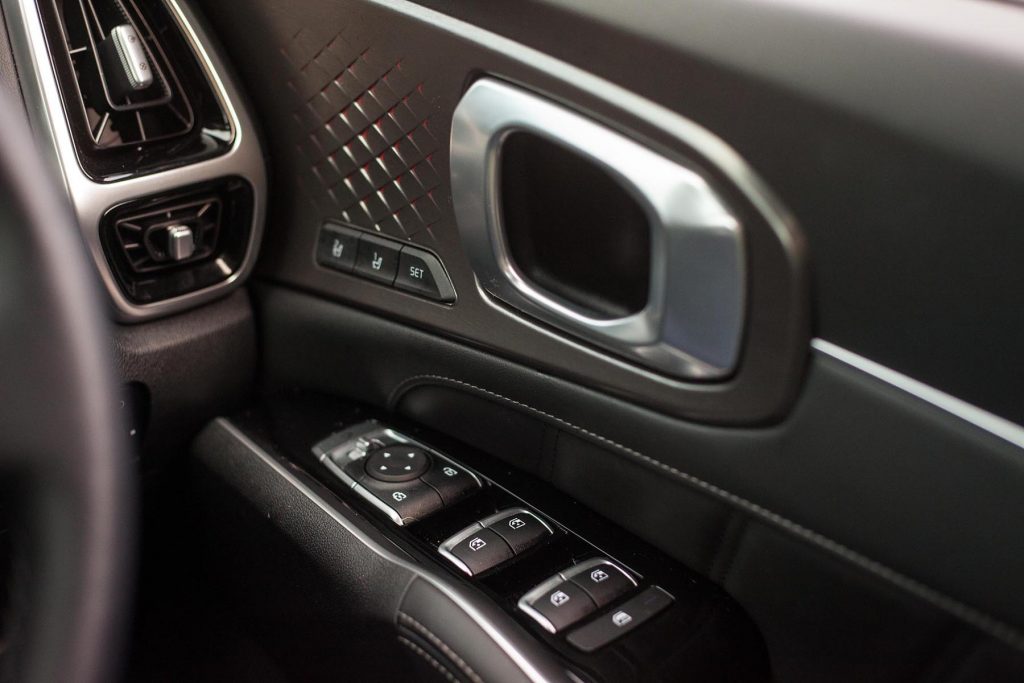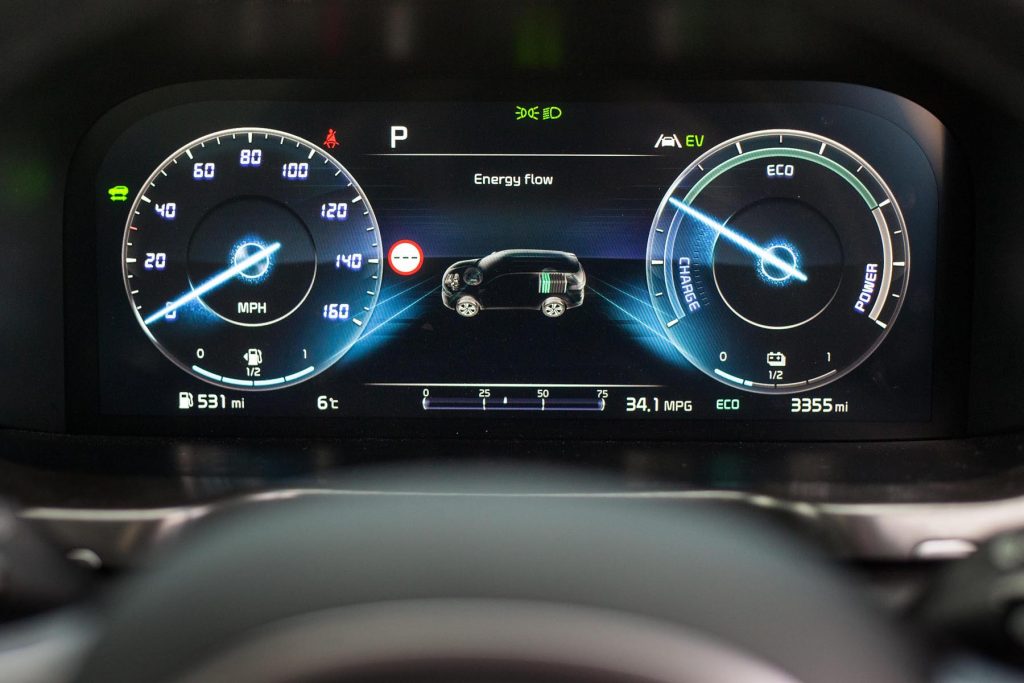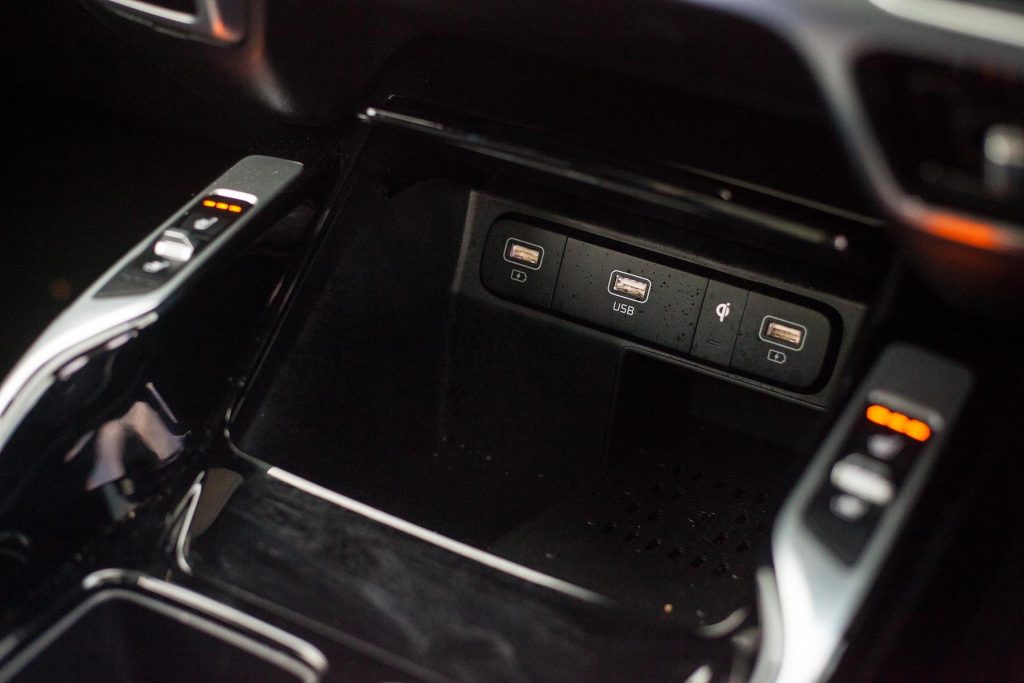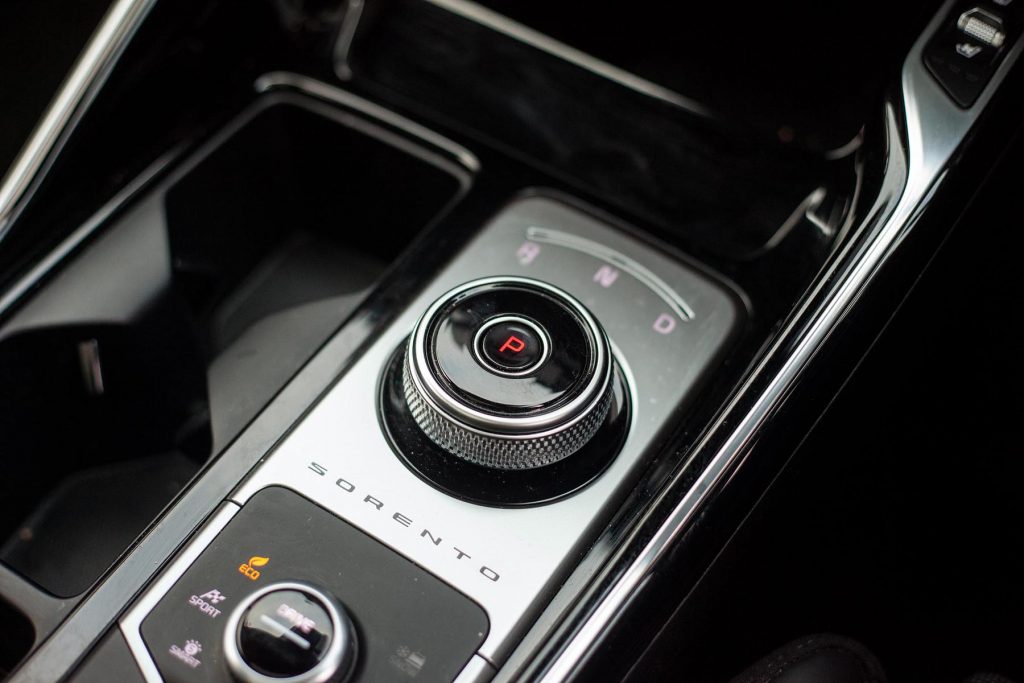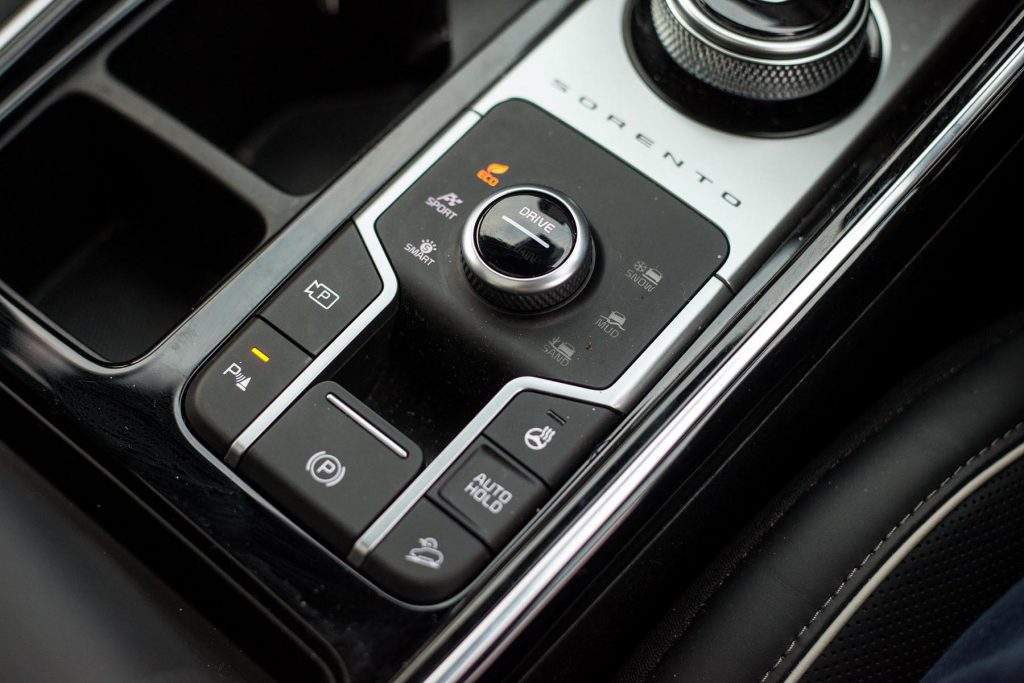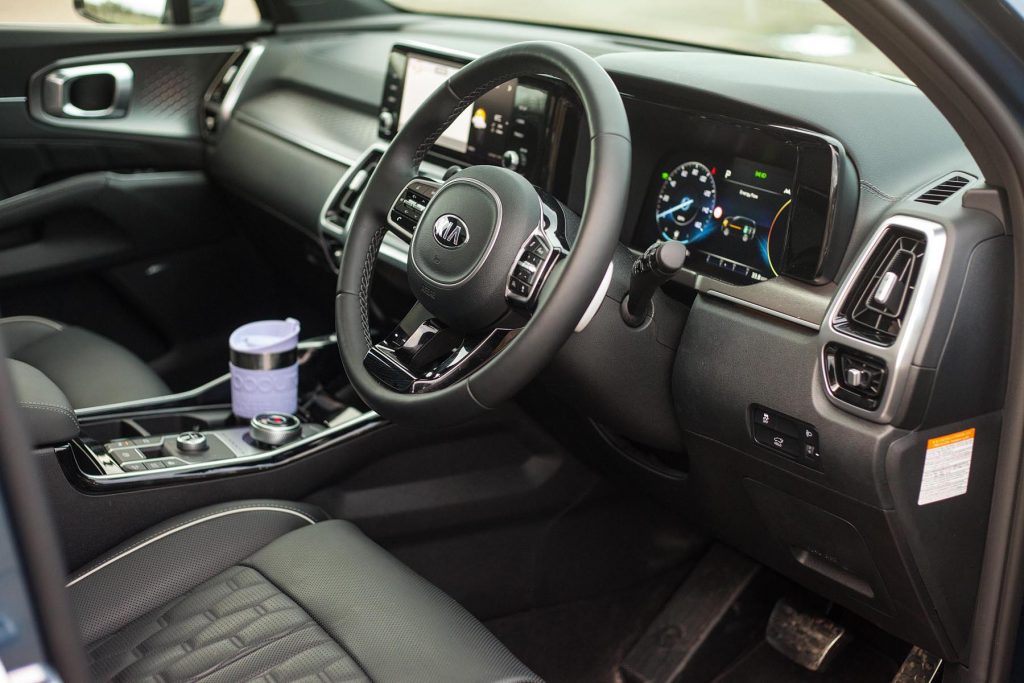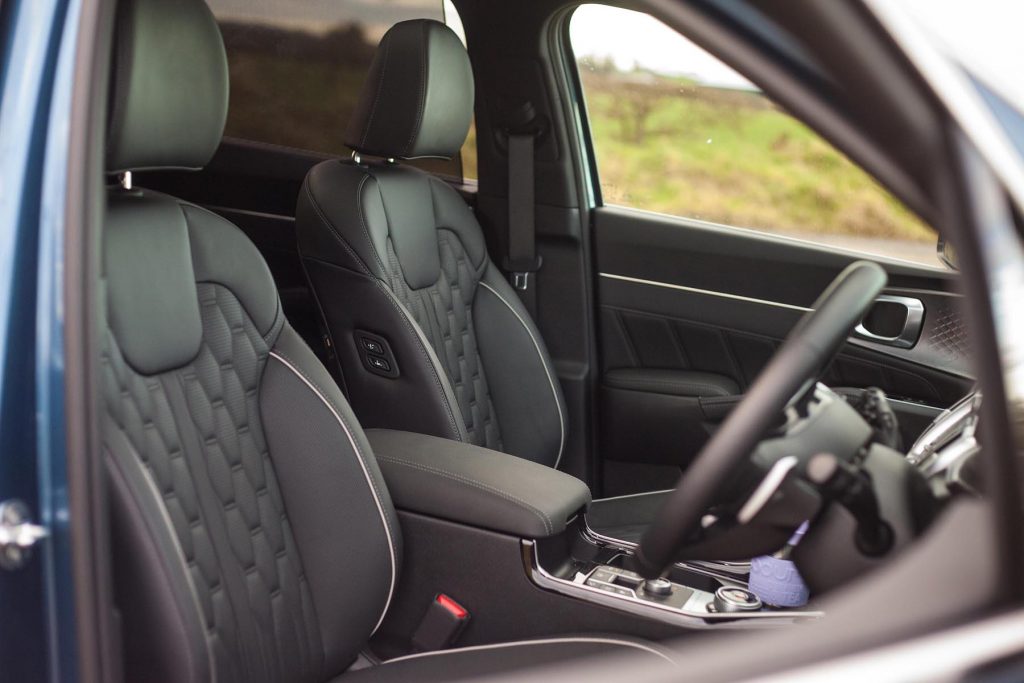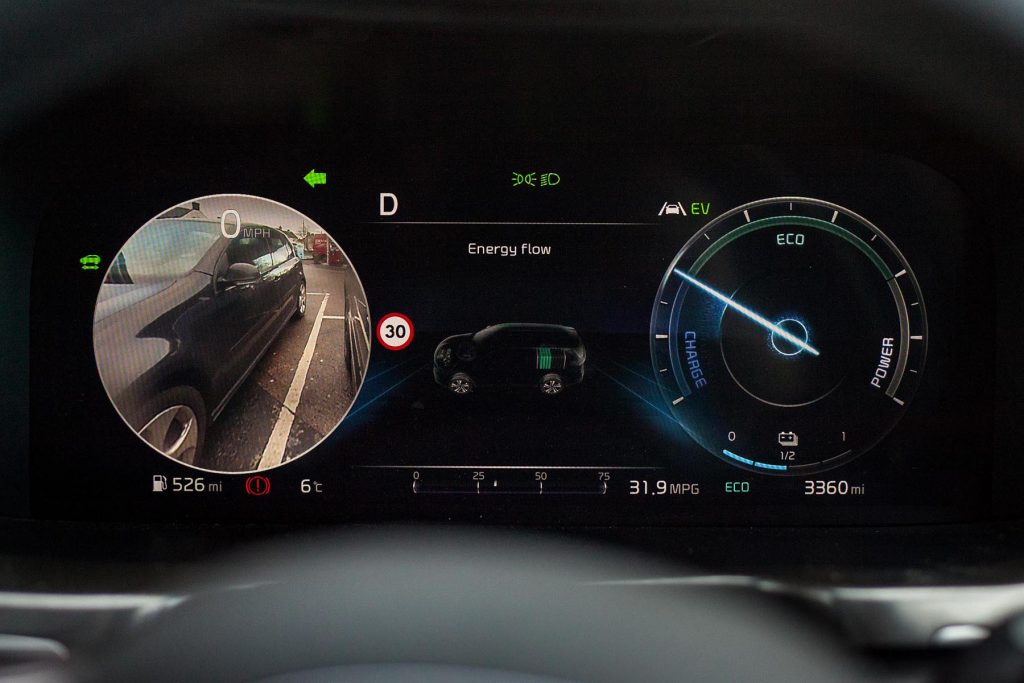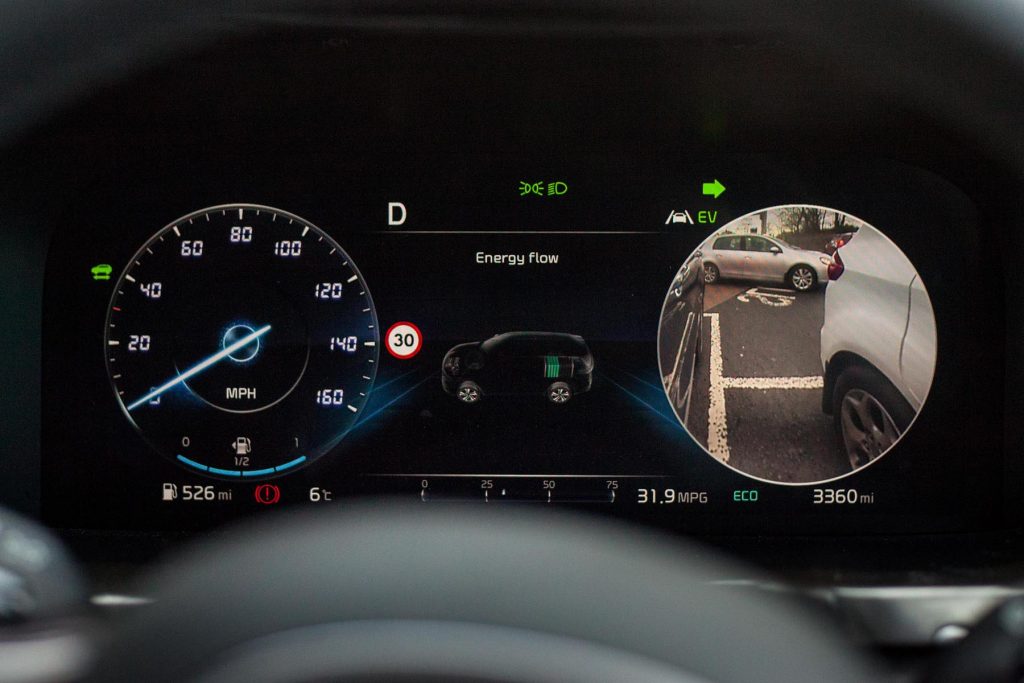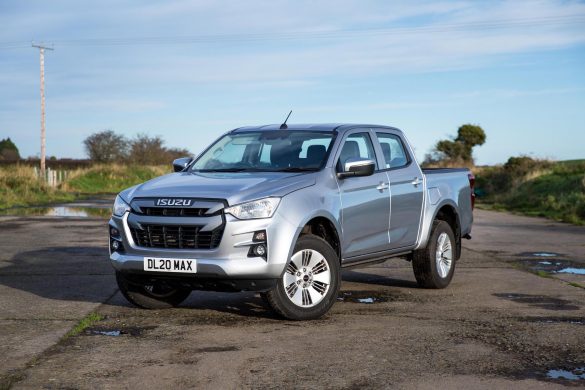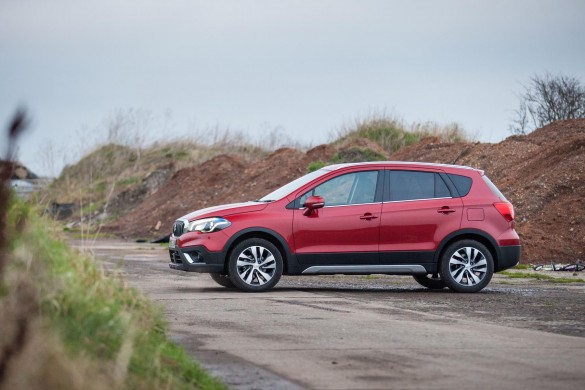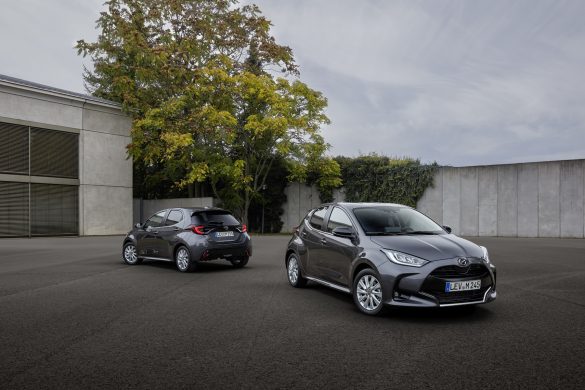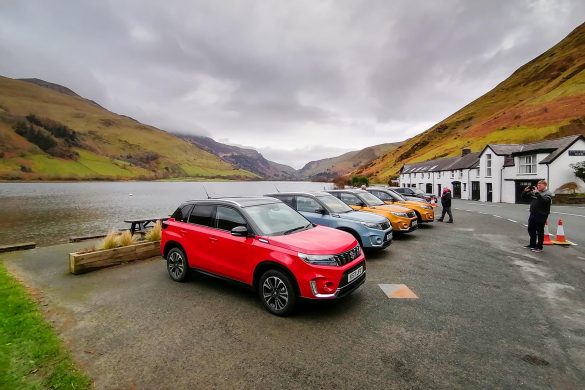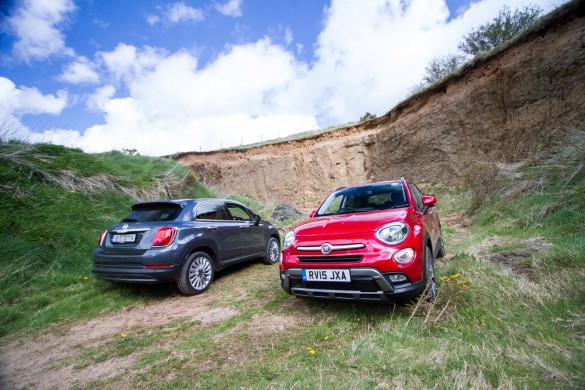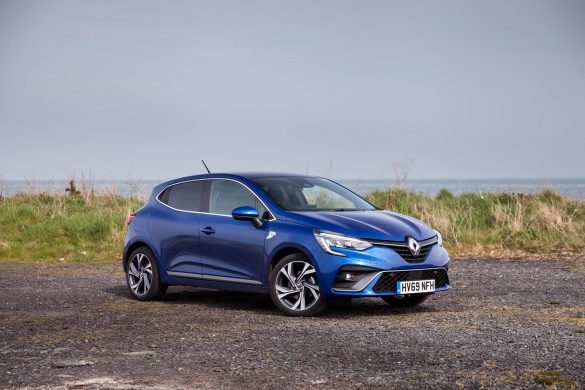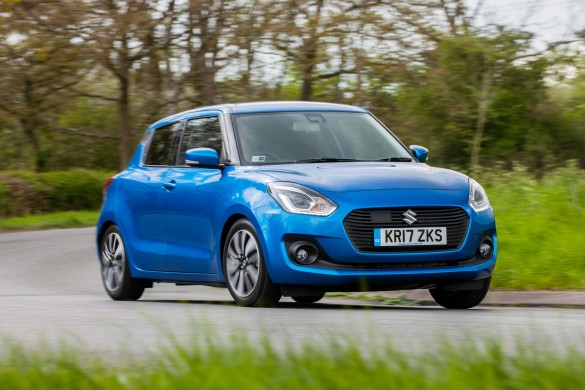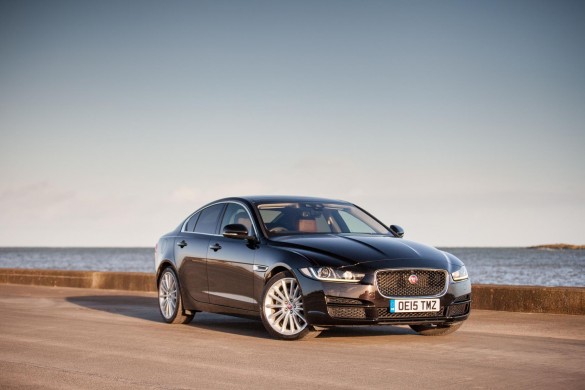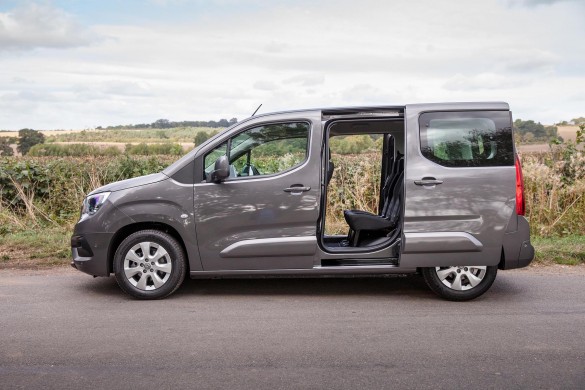When it comes to modern day motoring the term premium is lesser used, mainly due to the fact that some of the more affordable brands are now at similar level of quality to those brands once referred to as Premium.
Kia is one of those brands that have upping their game over the last decade, stepping into the ring, and not willing to throw the towel in, but ready to attract a host of new customers who perhaps previously would have snubbed the Korean maker.
The impact of this increased quality is reflected with pricing, as the all-new Kia Sorento starts from around £10,000 more than a similar Skoda or Peugeot, who would be traditional rivals to Kia. That said, it is priced almost £8,000 less than a similar offering from Volkswagen, and almost £20,000 less than a similar Audi.
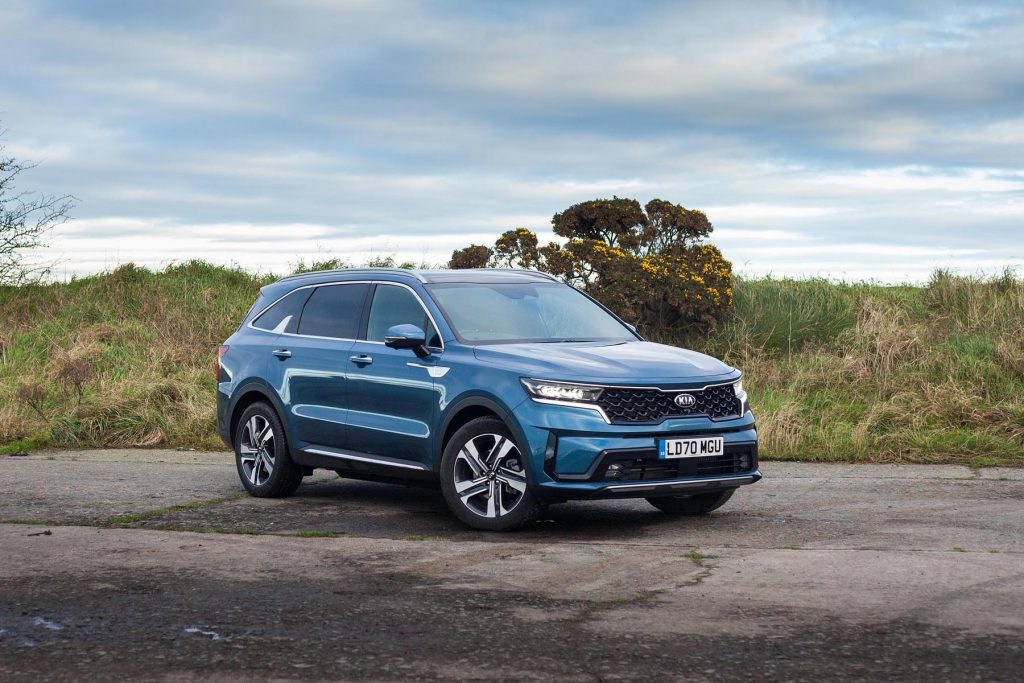
Priced almost identically to its sibling, the Hyundai Santa Fe, this latest Kia Sorento range starts from £39,110. For that, you get a hell of a lot for your money. Not least a 7-year, 100,000 mile warranty, something that no others in this category can offer and perhaps a testament to its reliability.
For owners more used to a city environment, there is the option of a plug-in hybrid which is available from £44,995 with prices rising to a whopping £53,095 for a top of the range PHEV.
In this article however, I will be talking about the more affordable Sorento models that are likely to be much more popular.
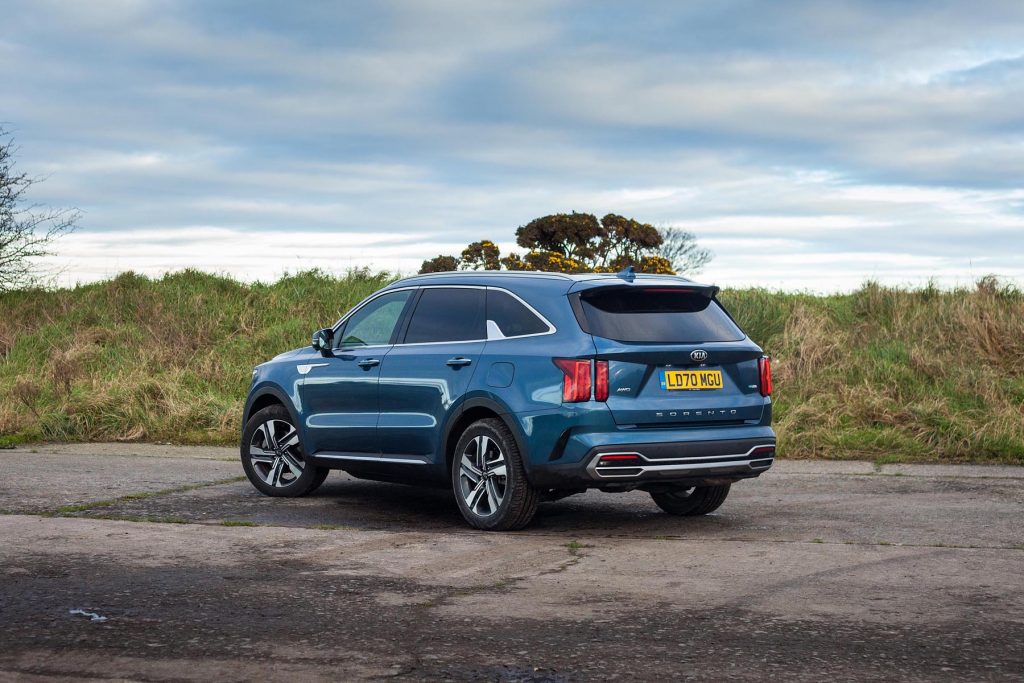
Safety on our roads is paramount, so as standard the Sorento comes with electronic stability control, downhill brake control, hill start assist control, multi collision braking assist, trailer stability assist, manual speed limit assist, intelligent speed limit assist, forward collision avoidance assist (City/Pedestrian/Cyclist/Junction), lane follow assist, driver attention warning, and drive mode select with terrain mode select (Mud/Snow/Sand).
The entry-level trim, known as a ‘Sorento 2’ also features 17-inch alloy wheels, digital cluster behind the steering wheel, 8-inch touchscreen infotainment hub with DAB radio, Bluetooth etc. reversing camera system with dynamic guidelines, LED headlights, black cloth upholstery with heated seats and steering wheel, and smart cruise control with stop and go functionality.
Starting from £31,520 is a ‘Sorento 3’ which adds 19-inch alloy wheels, 10.25-inch touch screen satellite navigation system and telematics system with UVO connect services, black leather upholstery, engine start/stop button with smart entry system (keyless), smart power tailgate, wireless mobile phone charger, LED bi-function headlights and LED indicators, and ambient interior lighting.
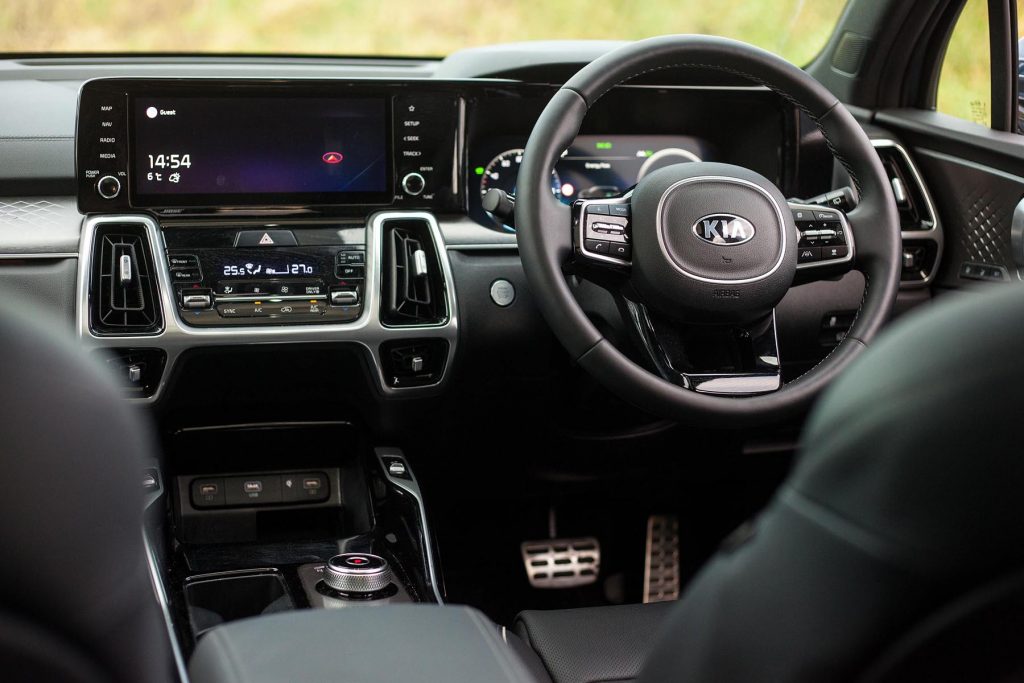
The range topping ‘Sorento 4’ starts from £47,210 and adds black nappa leather upholstery, panoramic sunroof with tilting and sliding function with automatic electric roller blinds, customisable head up display, ventilated (cooling) front seats, Bose premium sound system with 12-speakers including external amp and subwoofer, 360-degree around view monitor, and blind spot monitor camera.
It was the latter of these trims that I had the pleasure of testing for a week and finished in ‘Mineral Blue’ it looks fantastic, despite its big, boxy, and American SUV-esque styling. It is this very shape however that allows the Kia Sorento to be so practical, offering an incredibly useful boot area in 5-seat guise, whilst offering almost van-like capacity with all of the rear seats folded flat.
Like most vehicles that offer 7-seats, there isn’t much of a boot left with all seven seats present, and those travelling in the third row of seating would best be children, as they are not really designed for comfort with teenagers and older. Cabin room in the first two rows of seats is quite remarkable, I would go as far as saying that five adults could do a lengthy road trip with comfort.
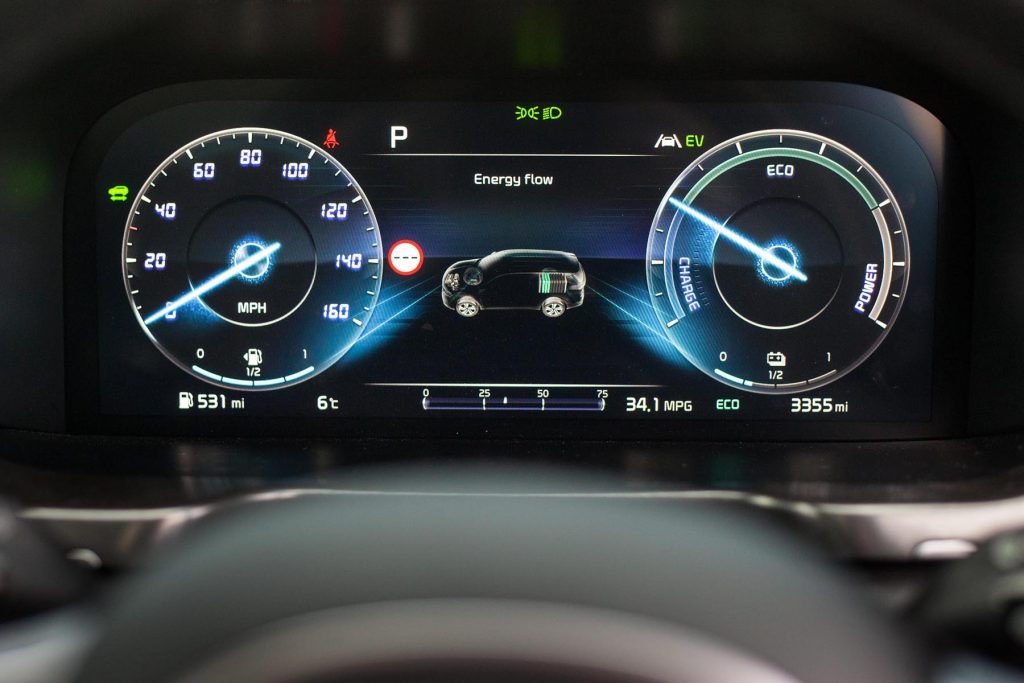
Air conditioning and USB power supplies run from the dash right through to the boot, so no matter where you are seated on a journey you will always have plenty of clean air for you and power for your electronic devices. One nifty feature of the model tested is the rear facing cameras in the wing mirrors that, when you indicate, show a live image of what is in your blind spot on your digital cluster.
A trio of engines are available in the all-new Kia Sorento. Accompanying the previously mentioned plug-in hybrid is a self-charging, 1.6-litre, 4-cylinder turbocharged petrol engine that is paired with a 44.2kW electric motor and a 1.48kWh battery to produce a combined output of 230hp with an impressive 350Nm to see 0-60mph in just 8.7 seconds with a top speed of 100 and 19mph.
A familiar 2.2-litre, 4-cylinder turbocharged diesel engine is also available which produces 200hp and 440Nm, seeing 0-60mph in 9.1 seconds with a top speed of 127mph and is perhaps a better choice for buyers doing a lot of miles as I found that the self-charging petrol felt a little strained and noisy once up to national speed limits.
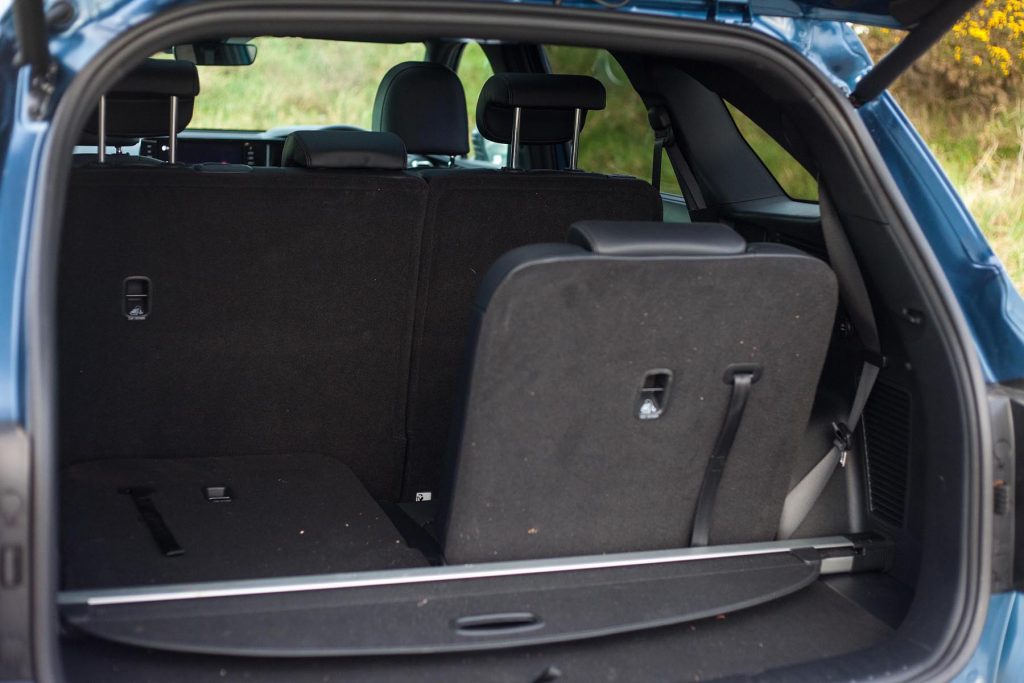
The model tested returned just over 30mpg during my week with it on mostly town and country driving, whilst the diesel should see a return of around 40mpg. All Kia Sorento models are 4-wheel drive, the petrol hybrid versions featuring a 6-speed automatic gearbox, whilst the diesel is equipped with an 8-speed automatic ‘box.
I struggle to see the demand for all-wheel-drive for many owners, and wonder that if a front-wheel-drive version was produced, would it increase popularity as well as the green credentials for this model. Perhaps it is something already in the pipeline, only time will tell.
For me personally, if I was on the market for a brand new 7-seat SUV, I would not be looking towards French or German manufacturing, as the Korean package is so good. It offers so much in fact, that this latest Kia Sorento received the award of WHATCAR? Car of the year 2021.
Fact File for model tested
Make : Kia
Model : Sorento
Trim : ‘4’
Engine : 1.6-litre turbocharged petrol / hybrid electric
Gearbox : 6-speed automatic
Cost : £47,870
Words & Photos: GRAHAM BAALHAM-CURRY
Images must not be used in any way without prior written consent of the photographer
